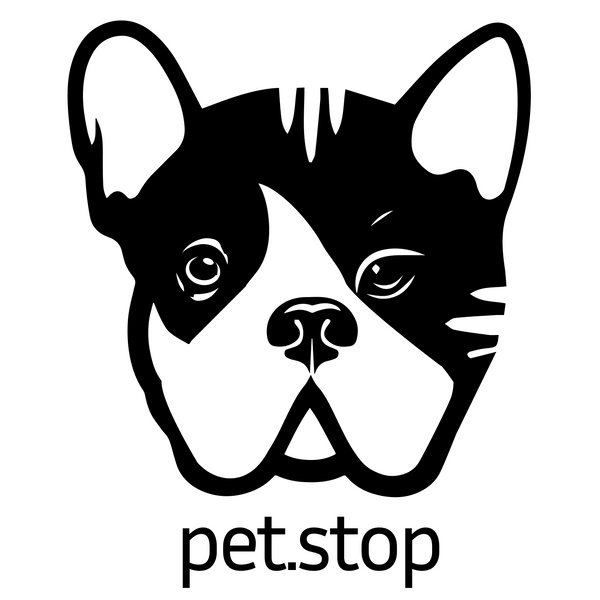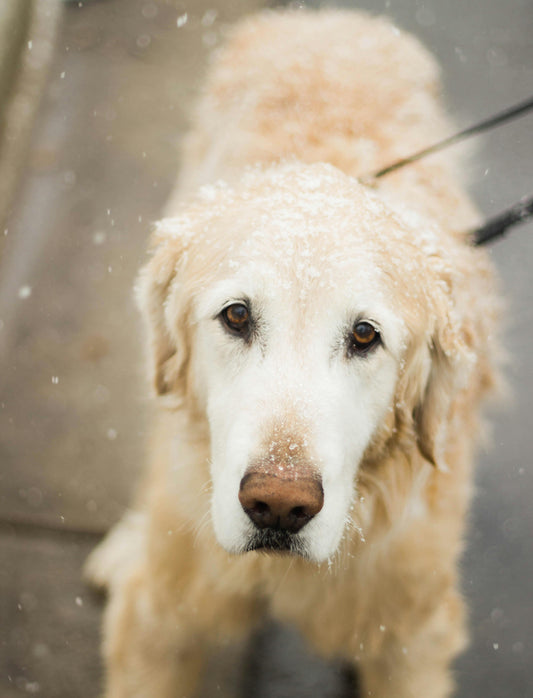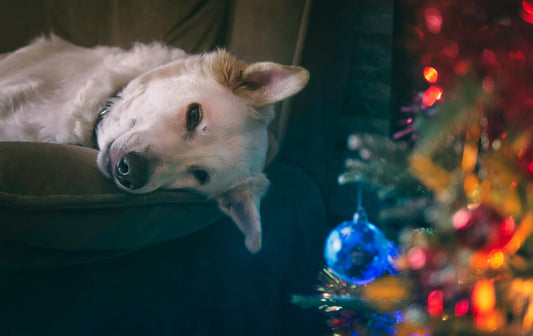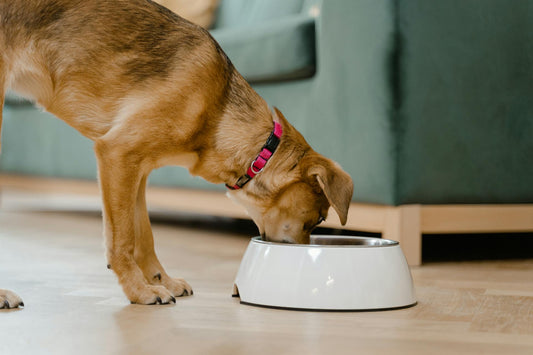Cats are often seen as independent creatures, but equipping them with a collar can significantly enhance their safety. A collar serves as a vital tool for identification, ensuring that if a cat gets lost, it has a better chance of being returned home.
In addition to identification tags, collars can also be fitted with bells or reflective materials, adding another layer of security. These features help alert birds and other small animals, reducing the likelihood of successful hunting and promoting local wildlife conservation.
Moreover, collars can be a stylish accessory, reflecting a cat's personality while providing essential information such as the owner's contact details. Elevating both safety and style, a collar becomes more than just an accessory; it is a responsible choice for any cat owner.
Importance of Feline Identification
Feline identification is crucial for ensuring the safety and well-being of cats. It facilitates quick recovery in case they become lost and helps pet owners adhere to legal guidelines in their communities.
Quick Recovery After Getting Lost
Cats often wander away from home, making it essential for them to have proper identification. A collar with an ID tag containing the owner's contact information can significantly increase the chances of a swift reunion. If a lost cat is found by a stranger or taken to a shelter, they can quickly contact the owner using the information on the tag.
Microchipping is another effective form of identification. Unlike collars, microchips are permanent and cannot be lost or removed. Although it requires a veterinary appointment for placement, it provides peace of mind knowing that a cat can still be identified, even if the collar comes off.
Legal Requirements and Community Standards
Many regions have specific regulations regarding pet identification. For instance, local laws may require that cats wear collars with ID tags in public spaces. Not adhering to these regulations can lead to fines or complications if a lost cat is found.
In addition to legal requirements, community standards often advocate for responsible pet ownership. Many communities encourage pet owners to ensure their cats wear collars, emphasizing the importance of identification. This helps to foster a culture of safety among pets and owners, contributing to a more responsible pet community.
Types of Cat Collars
Choosing the right collar for a cat involves considering safety, functionality, and visibility. Different types of collars cater to various needs, ensuring both the cat’s well-being and the owner's peace of mind.
Breakaway Collars
Breakaway collars are designed for safety. They feature a mechanism that allows the collar to unfasten when a certain level of pressure is applied. This is especially crucial for outdoor cats, as it prevents choking or injury if the collar gets caught on something.
Typically, these collars are made from durable yet comfortable materials, ensuring they are suitable for everyday wear. They often come in various sizes and styles, allowing pet owners to choose one that fits their cat’s personality.
Additionally, some breakaway collars include a space for identification tags, which is vital if the cat gets lost. Regular checks for wear and tear are recommended to maintain their effectiveness.
Elastic Stretch Collars
Elastic stretch collars offer flexibility and comfort. They are designed with an elastic component that allows the collar to expand if pressure is applied. This feature is ideal for indoor cats who may occasionally get caught on furniture or accessories.
These collars come in various designs and colors, making it easy to find one that complements the cat's fur. The elastic material is gentle on the cat’s neck, reducing the risk of irritation.
However, while elastic collars provide comfort, they may not be suitable for outdoor wear, as they lack the safety release feature found in breakaway collars. Regular inspections are necessary to ensure the elastic remains in good condition.
Reflective or Light-Up Collars
Reflective or light-up collars enhance visibility, particularly during low-light conditions. Reflective collars feature materials that reflect light, making the cat more visible to drivers or pedestrians. This is particularly useful for cats that roam outdoors at dusk or dawn.
Light-up collars contain LEDs that illuminate the collar, allowing for easy tracking of the cat in dark environments. These collars are especially beneficial for evening walks or outdoor exploration.
Available in various sizes, these collars can also be equipped with identification tags. Owners should ensure that these collars are lightweight to maintain comfort while offering visibility. Regular batteries checks for light-up models are essential to ensure functionality.
Safety Considerations
Wearing a collar can enhance a cat's safety, but several factors must be addressed to ensure it is appropriate and effective. Attention to sizing, material, and monitoring can prevent potential hazards related to collar use.
Proper Sizing and Fit
Selecting the correct size for a cat's collar is crucial to its safety. A collar that is too tight can cause discomfort and restrict movement, while one that is too loose may allow the cat to slip out of it easily.
To find the right fit:
- Use a measuring tape to measure the cat's neck circumference.
- Ensure two fingers can fit between the collar and the neck.
- Check for adjustable collars that offer a personalized fit.
Regularly reassessing the collar's fit is necessary, especially during growth stages in kittens or weight fluctuations in adult cats.
Material and Durability
The choice of collar material affects comfort and safety. Collars made from nylon or cotton are common and lightweight, making them suitable for most cats. However, they should also provide some stretch or breakaway features to avoid strangulation.
Materials to consider:
- Nylon: Offers a good balance of strength and lightness.
- Leather: Durable but may be heavier and less flexible.
- Breakaway collars: Designed to snap open if too much pressure is applied, preventing choking.
Ensuring the collar is durable and weather-resistant is also important. Regular inspection for fraying or wear can help identify potential risks before they become problematic.
Monitoring for Allergic Reactions
Some cats may develop allergies or sensitivities to specific collar materials. Common signs include excessive scratching, redness, or swelling around the neck area. Early detection of these symptoms can mitigate discomfort and prevent further complications.
To monitor reactions effectively:
- Check the neck area daily, especially after introducing a new collar.
- Consider hypoallergenic materials if sensitivities are noted.
- Remove the collar immediately if any signs of irritation appear.
Ensuring the cat's comfort should always be a priority, allowing for adjustments or replacement of the collar if necessary.
Collar Accessories and Identification Tags
Adding accessories to a cat’s collar enhances safety and provides valuable information. Options such as customized ID tags, bell attachments, and GPS trackers play crucial roles in ensuring a cat’s security and the owner’s peace of mind.
Customized ID Tags
Customized ID tags are essential for any cat wearing a collar. They typically include the cat's name and the owner's contact information. This information can be crucial if the cat wanders off or gets lost.
When selecting an ID tag, it’s important to choose a durable material, such as stainless steel or aluminum. Tags should be securely attached to the collar to prevent them from falling off.
Many owners opt for colorful or decorative tags that reflect their cat’s personality. These personalized tags not only provide critical information but also enhance the collar’s overall look.
Bell Attachments
Attaching a bell to a cat’s collar serves multiple purposes. The primary function is to alert birds and small animals of the cat’s presence, which can help reduce prey hunting.
Bells come in various sizes and tones. Selecting a bell that’s not too loud ensures the cat can still hear their surroundings. Some cats may initially be annoyed by the sound, but most adjust over time.
It’s best to choose a breakaway collar that can release if the cat gets caught on something. This safety feature helps prevent accidents and injuries, providing additional peace of mind for owners.
GPS Trackers
GPS trackers offer a high-tech solution for monitoring a cat’s location. They allow owners to track their cat in real time through a smartphone app. This feature is particularly valuable for adventurous cats that roam outdoors.
When choosing a GPS tracker, consider factors like battery life, accuracy, and size. The tracker must be lightweight and comfortable for the cat to wear.
Some GPS devices offer additional features, such as activity monitoring and safe zone alerts. These features help owners ensure their cat's safety while also keeping track of its health and activity levels.






